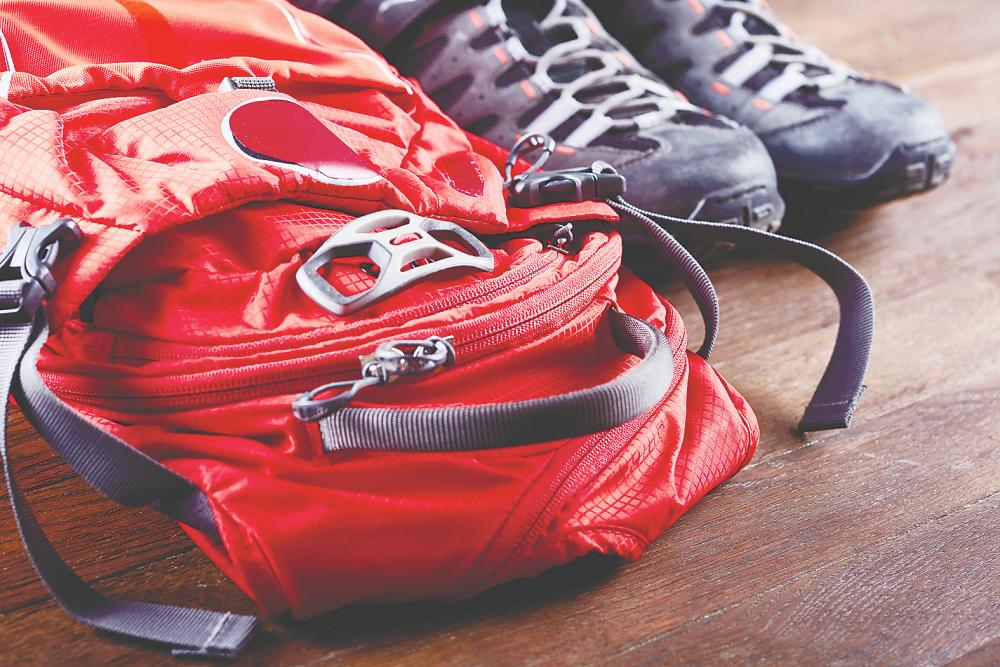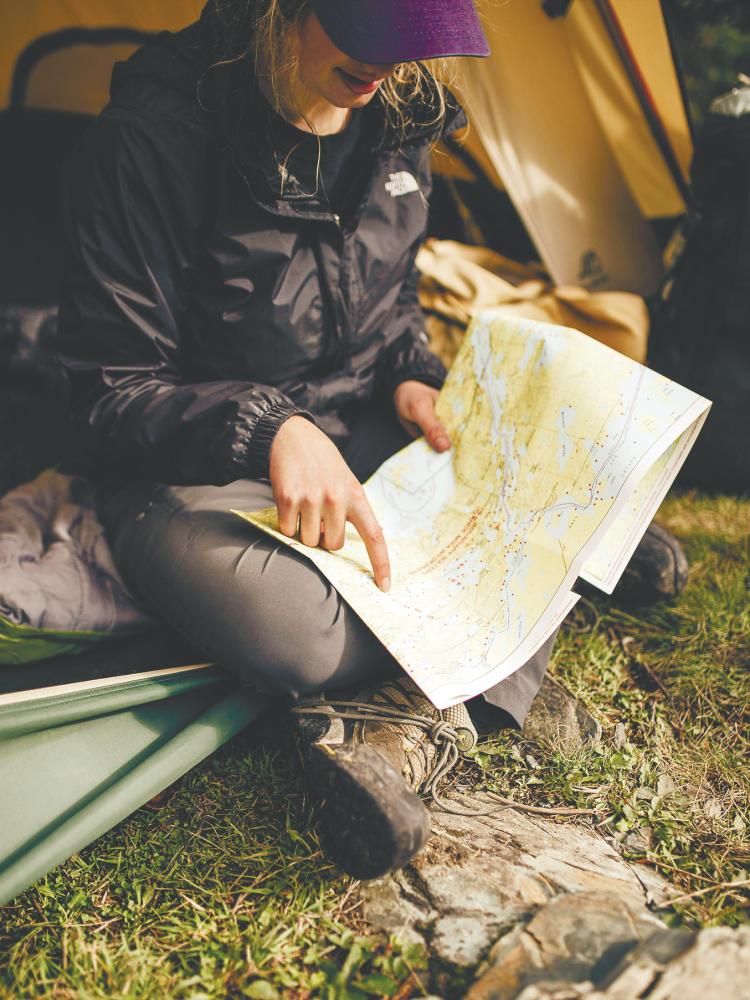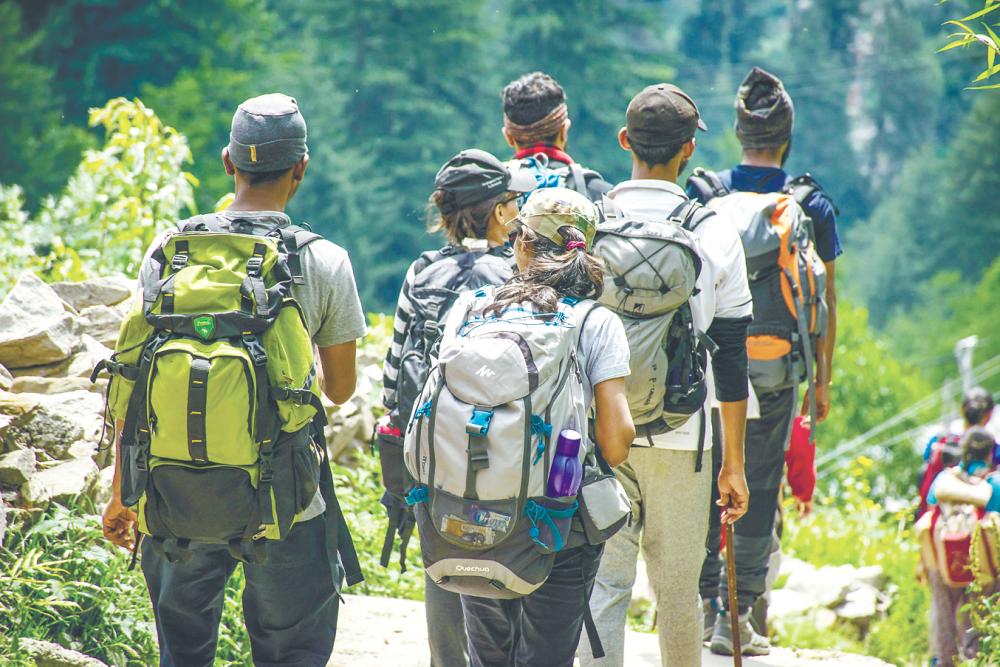HIKING is an exciting way to connect with nature, explore scenic trails and stay physically active. However, venturing into the wilderness without proper preparation can quickly turn an enjoyable experience into a stressful one. For beginners, understanding a few basic rules is essential to stay safe and make the most out of each hike. Here are some key hiking rules every novice adventurer should follow.
Choose right trail for your skill level
Starting with an appropriate trail is crucial. Beginners should opt for easy or moderate trails that match their fitness level and hiking experience. Research the trail’s length and difficulty rating before setting out. There are apps that can provide detailed reviews and maps to help you find the perfect trail. Avoid tackling ambitious trails as exhaustion or frustration can make you more prone to accidents.
Check weather forecast
Weather can change rapidly especially in mountainous areas. Always check the weather forecast a day before and again on the morning of your hike. Avoid hiking during extreme conditions, such as heavy rain and strong winds, which can lead to slippery paths and poor visibility. Pack a lightweight rain jacket even on sunny days as weather conditions can be unpredictable.

Wear proper hiking gear
The right footwear can make or break your hiking experience. Choose sturdy hiking shoes or boots with good grip to protect your feet from sharp rocks and uneven terrain. Wear breathable, moisture-wicking clothing in layers so you can adjust to changing temperatures. A hat, sunglasses and sunscreen are essential for sun protection, especially on open trails. Do not forget comfortable socks to prevent blisters.
Pack light but smart
A well-packed backpack ensures you are prepared for unexpected situations. Key essentials include at least two litres of water to stay hydrated, along with energy-boosting snacks such as energy bars, nuts and fruit. A first-aid kit with bandages, antiseptic wipes, painkillers and blister treatment is crucial for minor injuries. Navigation tools, such as a trail map or offline map, will help you stay on track while a torch or headlamp is essential for emergencies or delays. Even on short trails, it is wise to carry a whistle and an emergency blanket for added safety.
Follow “leave no trace” principle
Respect nature by adhering to the “leave no trace” guidelines. This means leaving the environment exactly as you found it. Avoid littering and pack out all waste, including biodegradable items such as food scraps. Stick to marked trails to prevent trampling vegetation and avoid disturbing wildlife.

Plan your route and share it with someone
Before setting out, plan your route in detail, including checkpoints and the estimated time you will take. Inform a friend or family member about your hike and the trail location, so someone knows where you are in case of an emergency. Some trails may not have mobile coverage, so it is critical someone knows your whereabouts and expected return time.
Hike in groups or with a buddy
Hiking alone can be risky, especially for beginners. It is best to hike with a buddy or in small groups to ensure everyone stays safe. In case of injury or an unexpected situation, having others around can be a lifesaver. If hiking with others, keep pace with the slowest person in the group to ensure everyone stays together and safe.
Respect wildlife and other hikers
While encountering wildlife can be exciting, it is essential to maintain a respectful distance. Do not feed animals as this disrupts their natural behaviour and can be dangerous for both you and the wildlife. Keep noise to a minimum to avoid disturbing animals or other hikers. Always yield to uphill hikers on narrow paths and be mindful when overtaking others.

Stay hydrated and take breaks
Dehydration can set in faster than you expect, especially in hot or humid weather. Sip water regularly, even if you do not feel thirsty, to avoid exhaustion or cramps. Take short breaks to rest and enjoy the scenery but do not stop for too long as this can make it harder to get back into your rhythm.
Be aware of time and daylight
Plan your hike so you can return before nightfall. It is easy to underestimate how long a trail might take, especially for beginners. Keep track of time and take note of when the sun sets. Always carry a flashlight or headlamp in case your hike runs longer than expected and avoid starting new trails too late in the day.
Hiking is a rewarding way to stay active and explore the outdoors but it requires preparation and mindfulness, especially for beginners. Following these essential rules will help you avoid common mistakes and make every hike a positive experience, one that encourages you to keep exploring and discover more of the natural world. So lace up your boots, grab your backpack and get ready for your next outdoor adventure.









